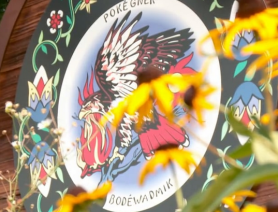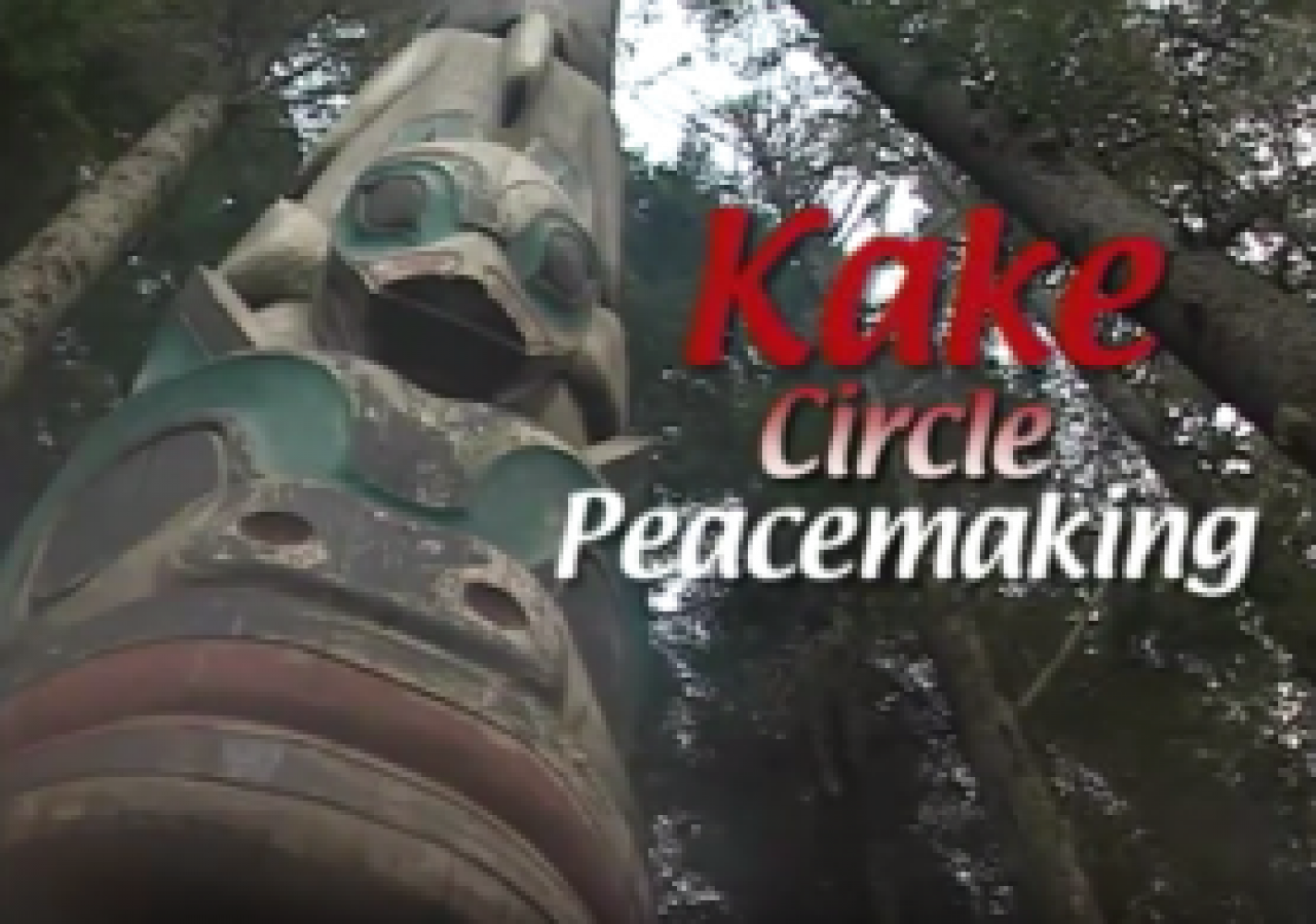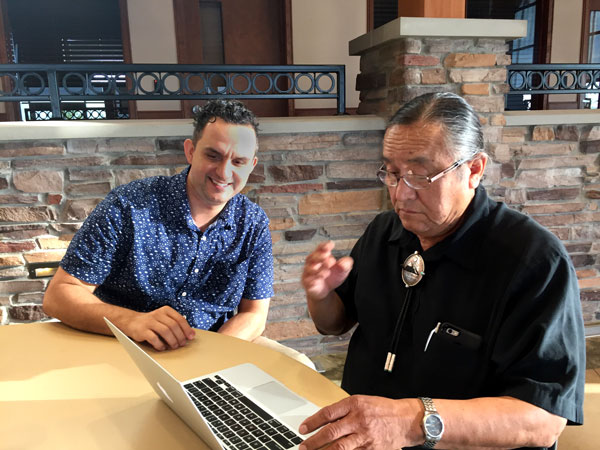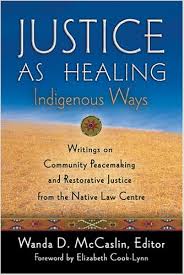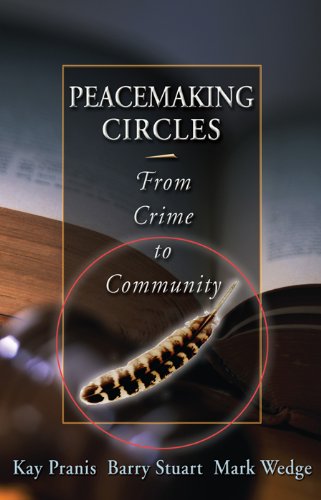About Peacemaking
Verna Teller - Healing Community Through Peacemaking
Among her many accomplishments, Isleta Pueblo’s Verna Teller is ex-Chief Judge for the Isleta Tribal Court, and she guided development of a peacemaking program highly responsive to local needs and rooted deeply in Isleta culture.
In this new video, she shares some of her experiences and viewpoints that guided the innovative work. This attention to local context is critical to success of a peacemaking program.
Robert Yazzie - About Peacemaking
“Peacemaking continues to evolve and takes many forms as each tribe or community establishes and develops a program that is true to its cultural beliefs.“
– Robert Yazzie, Chief Justice Emeritus of Navajo Nation
If you would like to learn more about Peacemaking, the Indigenous Peacemaking Initiative has worked closely with the National Indian Law Library to create an informational page on Peacemaking.
The page includes an extensive list of articles, books, and other resources on the various forms of Indigenous justice throughout the United States as well as Internationally.
Featured Peacemakers
Peacemaking Publications
Frequently Asked Questions
Peacemaking can be most simply described as a process where people can talk together to resolve conflict. It is a community-based process that addresses the concerns of all interested parties. While it has been adapted to other circumstances, in indigenous communities the process uses traditional values and sometimes ceremonial practices. Frequent examples include the group orienting itself in a circle, the use of prayer and purification, and attention to Clan relationships. A circle can involve supporters, elders, and interested family and community members. Within the circle, people are encouraged to speak from the heart, and together to identify and agree upon the steps necessary for healing the relationships harmed by the conflict.
All nations traditionally had methods in their culture for dealing with disputes. Indigenous Peacemaking involves continuation or revitalization of those practices in indigenous communities. In cases where group knowledge of a process may have been lost during colonization, models from other nations may be consulted. In many cases, local native people may have helped non-natives adapt and develop native practices to fit in the non-native contexts, such as for sentencing circles and peacemaking circles as dispute resolution tools.
Many traditional tribal practices involve some form of talking circles. A talking circle involves individuals sitting in a circle, taking turns to express their thoughts on a particular issue. In the circle, everyone has an equal place; there is no hierarchy. Often times, a talking piece is used and passed around the circle. The talking piece can be a feather or other treasured object. Only the person holding the talking piece is allowed to talk. This process requires active and deep listening. Historically, native cultures used talking circles as a way of bringing people together for the purposes of teaching, listening, and learning. More recently, talking circles are being used to facilitate healing processes in both tribal and non-tribal communities.
See Hon. Janine P. Geske and India McCanse, Neighborhoods Healed through Restorative Justice, 15 No. 1 Disp. Resol. Mag. 16-18 (Fall 2008).
See Paulette Running Wolf and Julie A. Rickard, Talking Circles: A Native American Approach to Experiential Learning, 31 No. 1 Journal of Multicultural Counseling and Development 39-43 (January 2003).
